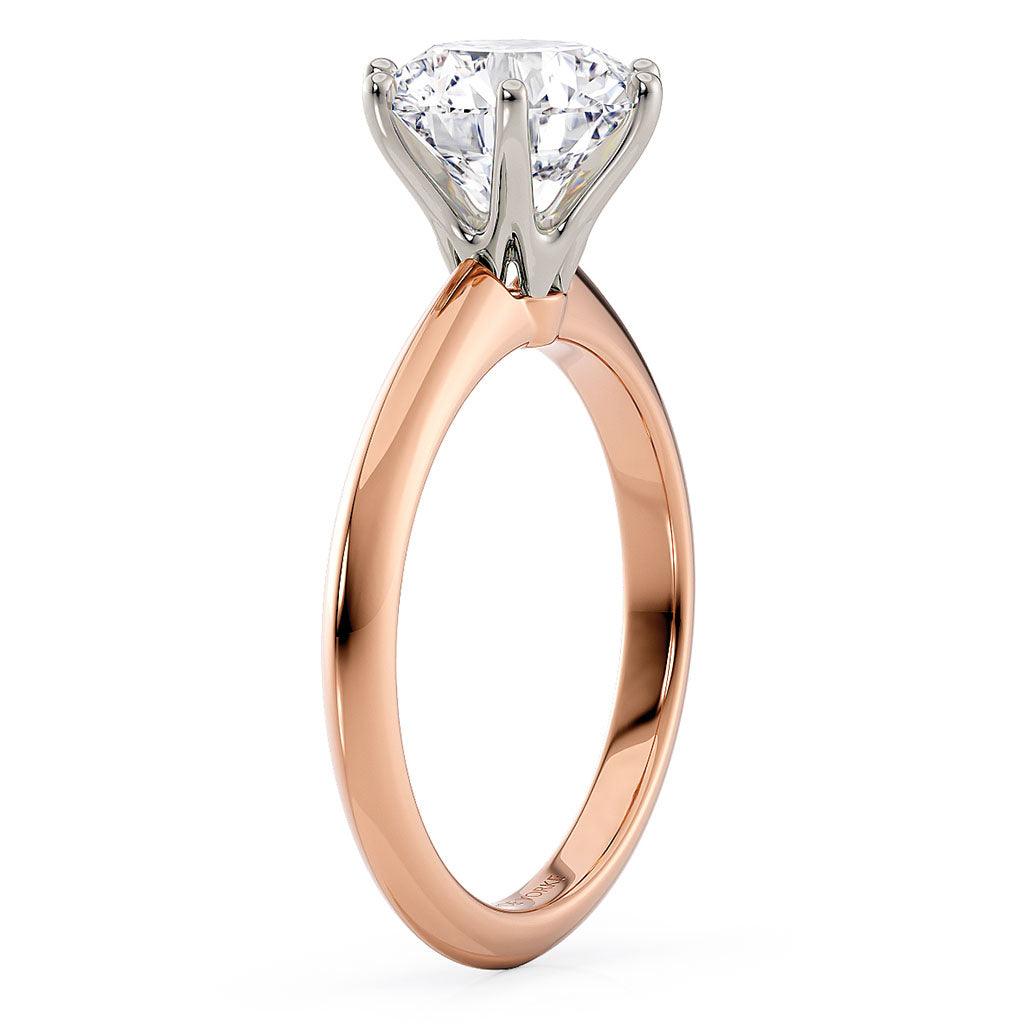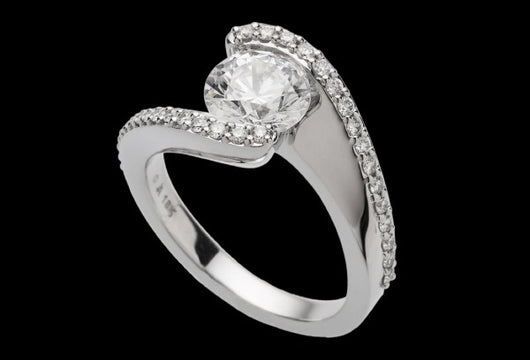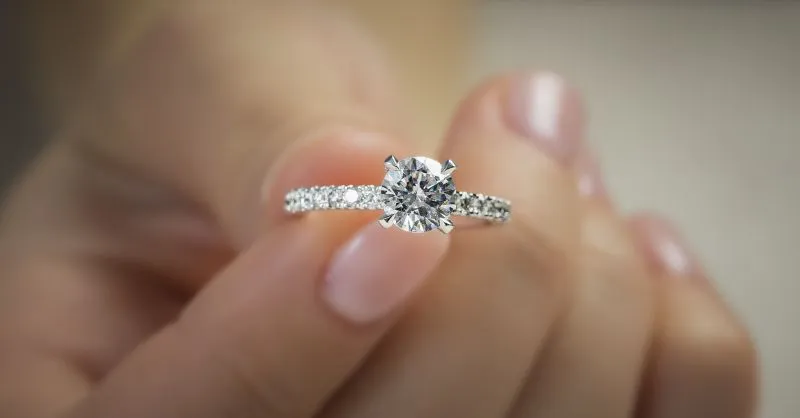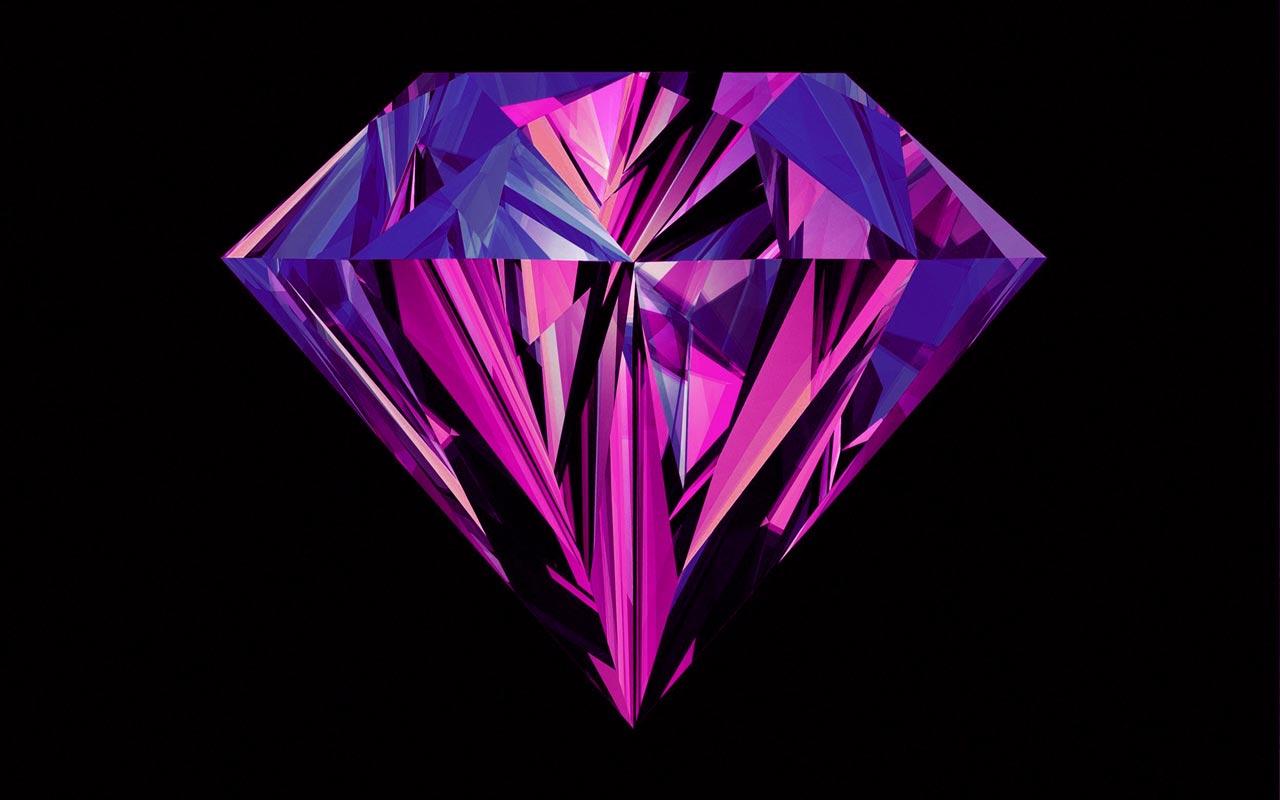Diamonds vs Real: A Comprehensive Comparison

The diamond industry has long been associated with luxury, rarity, and tradition. However, in recent years, the rise of lab-grown diamonds has sparked debate about the difference between lab grown diamonds vs real. While both options are chemically identical and visually indistinguishable, there are key differences in their origin, cost, environmental impact, and ethical considerations. In this article, we will explore these differences and help you understand why lab-grown diamonds are gaining popularity as an alternative to natural diamonds.
What Are Lab-Grown Diamonds?
When considering lab-grown diamonds vs real diamonds, it’s important to first understand what lab-grown diamonds are. Lab-grown diamonds, also known as synthetic diamonds, are created in a controlled laboratory environment using one of two methods: High Pressure High Temperature (HPHT) or Chemical Vapor Deposition (CVD). These processes replicate the natural conditions under which diamonds are formed in the Earth’s crust, resulting in diamonds that are chemically, physically, and optically identical to mined diamonds.
The key difference between lab-grown diamonds and real diamonds is their origin. While natural diamonds are formed over millions of years deep within the Earth, lab-grown diamonds are made in a matter of weeks or months in a laboratory. Despite this difference, both types of diamonds share the same brilliance, hardness, and chemical composition, making lab-grown diamonds a strong contender in the lab-grown diamonds vs real diamonds debate.
Cost Comparison: Lab-Grown Diamonds vs Real Diamonds
One of the most significant advantages of lab-grown diamonds vs real diamonds is the price difference. Lab-grown diamonds are typically more affordable than natural diamonds, often costing up to 40% less. This price difference is primarily due to the fact that lab-grown diamonds are produced in a controlled environment, which eliminates the need for the extensive mining process required for natural diamonds.
For those looking for a larger or higher-quality diamond without breaking the bank, lab-grown diamonds offer an excellent solution. A similar-sized lab-grown diamond may be significantly more affordable than a natural diamond of the same quality, making them an appealing choice for those with budget constraints. This affordability is one of the main reasons why lab-grown diamonds are gaining popularity among couples shopping for engagement rings and fine jewellery.
Environmental Impact: Lab-Grown Diamonds vs Real Diamonds
When comparing lab-grown diamonds vs real diamonds, it’s essential to consider their environmental impact. Traditional diamond mining has been known to cause significant environmental damage, including deforestation, soil erosion, and water pollution. Mining operations can also disrupt local ecosystems and wildlife habitats. In addition, the carbon footprint associated with diamond mining is high, due to the energy-intensive processes involved.
In contrast, lab-grown diamonds have a much smaller environmental footprint. The creation of lab-grown diamonds uses far less land and water, and the carbon emissions are considerably lower. As consumers become more environmentally conscious, the demand for lab-grown diamonds has increased, particularly among those who want to enjoy the beauty of diamonds without contributing to the environmental degradation caused by traditional mining. Choosing lab-grown diamonds over mined diamonds is an eco-friendly alternative in the lab-grown diamonds vs real diamonds debate.
Ethical Considerations: Lab-Grown Diamonds vs Real Diamonds
The ethical implications of purchasing diamonds are another important factor to consider when weighing lab-grown diamonds vs real diamonds. The diamond mining industry has been plagued by ethical issues, including exploitation of workers, child labor, and funding of armed conflicts. These concerns have led to the rise of the “blood diamond” issue, where diamonds mined under unethical conditions are sold in the global market.
Lab-grown diamonds, on the other hand, are created in controlled environments with strict regulations and ethical standards. Since lab-grown diamonds are not associated with human rights violations or conflict financing, they provide consumers with an ethical alternative to traditional mined diamonds. For buyers who are concerned about the ethical implications of purchasing a diamond, lab-grown diamonds offer peace of mind, knowing that they are supporting a more transparent and responsible industry.
Durability and Quality: Lab-Grown Diamonds vs Real Diamonds
In the lab grown diamonds vs real diamonds discussion, one key consideration is durability. Both lab-grown and natural diamonds are made of the same material—carbon—and have the same hardness, ranking 10 on the Mohs scale of hardness. This means that both types of diamonds are incredibly durable and resistant to scratches and damage.
There is no difference in the quality of a lab-grown diamond compared to a mined diamond. Both types of diamonds can have varying levels of clarity, cut, color, and carat weight, which determine their overall appearance and value. While lab-grown diamonds are often created in controlled environments with fewer imperfections, some natural diamonds may have inclusions that make them unique. In terms of their physical properties and durability, lab-grown and real diamonds are essentially the same.
Resale Value: Lab-Grown Diamonds vs Real Diamonds
When it comes to resale value, lab-grown diamonds vs real diamonds present a significant contrast. Natural diamonds have historically held their value and have been seen as an investment. Due to their rarity and natural origin, mined diamonds typically retain more value over time. On the other hand, lab-grown diamonds are often viewed as less valuable in the resale market due to their lower production costs and availability.
If you plan to resell your diamond in the future, a natural diamond may offer a better return on investment. However, the emotional value and affordability of a lab-grown diamond can outweigh its lower resale value for many buyers. While lab-grown diamonds may not appreciate in value like natural diamonds, they provide excellent quality at a much more affordable price.
The Perception of Lab-Grown Diamonds vs Real Diamonds
The lab-grown diamonds vs real diamonds debate often boils down to perception. Natural diamonds have long been considered a symbol of luxury, rarity, and permanence. For many, owning a natural diamond is a traditional and aspirational goal, representing something truly special and unique. However, as lab-grown diamonds continue to gain popularity and acceptance, these perceptions are beginning to change.
Lab-grown diamonds are increasingly recognized for their beauty, quality, and ethical production. As consumers become more aware of the advantages of lab-grown diamonds, they are less likely to view them as inferior to natural diamonds. In fact, many people are choosing lab-grown diamonds because they offer a modern, ethical, and affordable alternative to mined diamonds, without sacrificing quality or appearance.
Conclusion: Lab-Grown Diamonds vs Real Diamonds
In conclusion, the choice between lab-grown diamonds vs real diamonds ultimately depends on personal preferences and values. While natural diamonds are rare, expensive, and have a long history of luxury, lab-grown diamonds offer a more affordable, ethical, and environmentally friendly alternative. Both types of diamonds are chemically identical and equally durable, so the decision comes down to factors like budget, sustainability, and ethical considerations.





